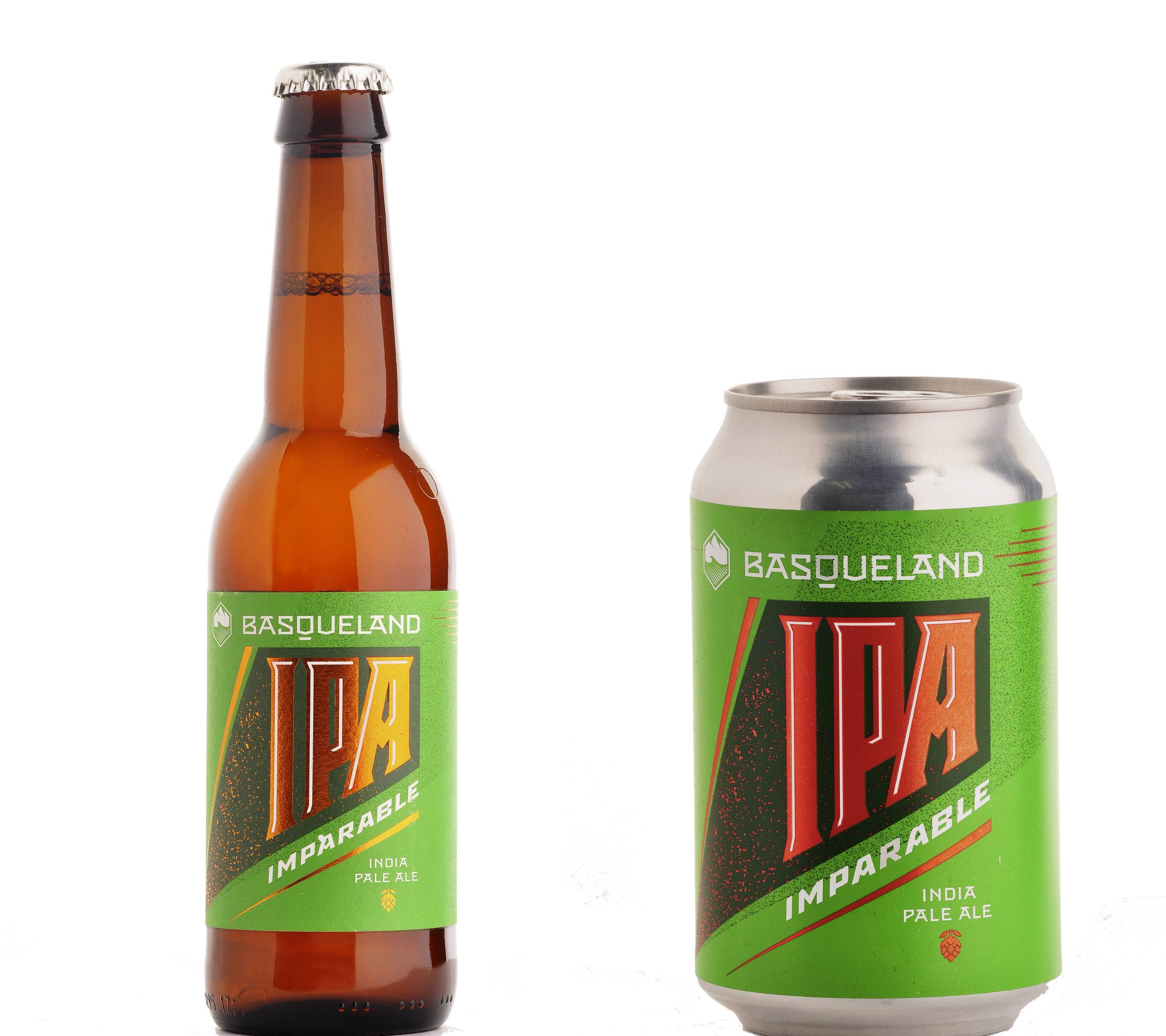University: Brewing beer, a 'subject' to get cum laude
Madrid Craft beer factories to visit
It's one of the classic debates among beer lovers:
bottle or can
?
What is better to preserve it?
Does canned beer taste like metal?
Scientifically there are not many studies on this.
Beverages magazine ran an experiment on this in 2016 during the Edinburgh Science Festival, where 151 people drank the
same beer
.
Half were served from a can, the other half from a bottle, showing them the container.
Those who drank from a bottle rated the beer higher.
Subsequently, 29 of them were served two glasses, one from a bottle and the other from a can, without telling them their origin.
The ratings in this
'blind test'
were almost identical, so the study concluded that the preference between one and the other "is probably in the head."
But what are the main characteristics of these containers.
Both protect beer from two of its main enemies: light and heat.
"Technically, the can is always better," explains
Vicky Di Pau
, beer culture disseminator and co-founder of the specialized agency Lúpulo Digital.
The can is hermetically closed and being totally opaque "offers total protection against light," explains
Román Jove
, from the Península brewery.
The bottle does too, but not 100%.
That is why brown or green bottles are used.
Both containers also
preserve the drink from oxygen
.
Before closing them, it is removed so that it does not spoil the drink.
This process, fully consolidated in bottling, "has been greatly improved in recent years in the canning lines to make it the same as in the bottle," says Di Pau.
Cervecera Península.LB Canning Machine
One of the reproaches suffered by the can was that it left a metallic taste.
But that is a thing of the past
.
"The cans have a special film to avoid metal contact with the liquid," says Di Pau, so there is no transfer of flavor.
So which of these containers is better: the can or the bottle?
"It depends on the style to pack," Di Pau responds.
Very hoppy styles, with a strong presence of aroma, it
is better to keep them in a can
.
But other styles, "such as those that have a second fermentation in the bottle," explains Di Pau, should be packaged in glass since they better withstand the
internal pressure of
the liquid.
Other styles with less presence of hops can also be presented in the bottle.
In the pros and cons there is also the artistic part.
"The can has a larger space for design," explains Di Pau, since almost the
entire surface
can be decorated, either with a sticker or with screen printing.
recyclable
The balance also enters the economic aspect.
"You can send double the beer in half the space," says
Jesús León
, founder of Arriaca, a pioneer craft brewer in the use of cans and which exports part of its production.
In addition, they are lighter (they weigh less than 15 grams empty), which makes transport cheaper.
In the environmental aspect, both the bottle and the can are completely
recyclable
.
The bottle also allows its
reuse
.
Basqueland, voted best brewer by the BBC, packs its iconic Unstoppable in cans and bottles.José María Presas
However, the bottle, especially in large format, is "more shareable" and has a better presence in restaurants.
"In the general hotel industry, there
is a lot of work to do with the can,
" explains León.
"The can has not had a good press," he adds, which has affected the introduction of this container in bars and non-specialized restaurants.
In 2021
"the weird thing is not having a can,"
adds León, and few craft brewers are reluctant to can, especially because investment is becoming more accessible.
The data corroborate this claim.
The consumption of cans during the last year
grew in double digits
, both in Spain and in the rest of Europe.
In our country, according to Cerveceros de España, 45% of the beer sold during 2020 was in a can, 11% more than in 2019.
Experts agree that both formats have their pros and cons and that
canning or bottling
is a decision to make based on multiple variables and factors.
What there is consensus on is that the important thing, as is usually the case, is on the inside.
According to the criteria of The Trust Project
Know more
See links of interest
Last News
Work calendar
Home THE WORLD TODAY
Master Investigation Journalism
Italy - England, live

